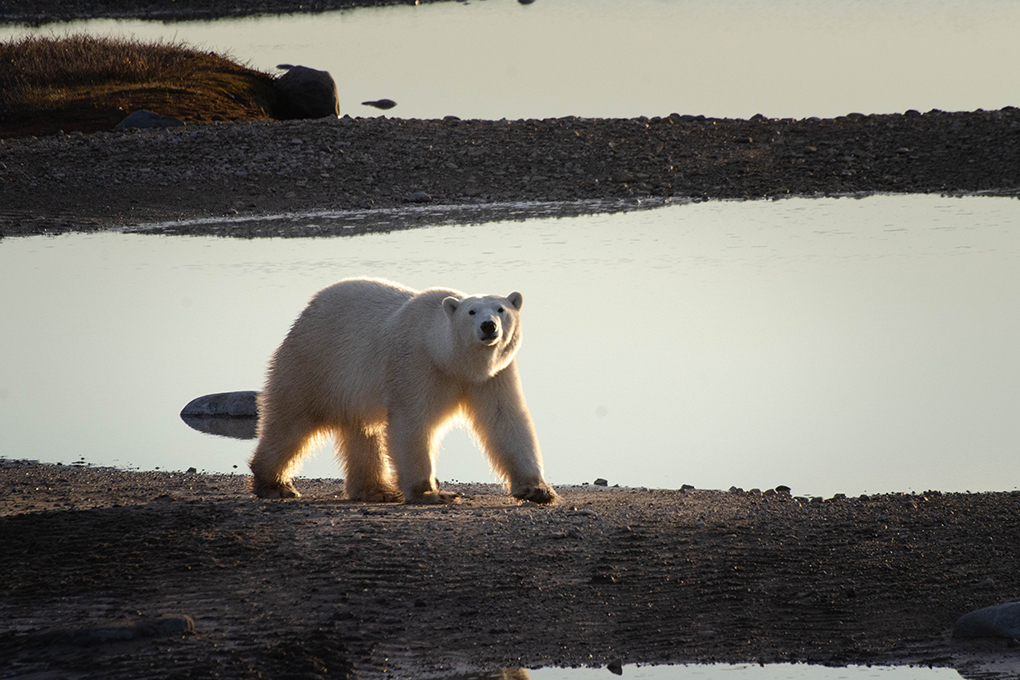
Educator Sharon B. recently returned from participating in a Climate Alliance program in Churchill, Canada with our conservation partners Polar Bears International. One thing Sharon learned on her trip was that there are a lot of myths and misunderstandings about polar bears and climate change. So, in honor of Wild About Bears Day and Polar Bear week, Sharon’s going to help us bust some myths about polar bears and climate change!

Why can’t polar bears just switch to eating fish or hunting for prey on land?
Polar bears are entirely dependent on sea ice for their survival in the wild. Their bodies are beautifully adapted to survive on seal fat and meat. Unfortunately, changing diet is not a matter of choice for them. Without sea ice as a consistent hunting platform in a warming environment, polar bears cannot access the type and quantity of food they need to survive in that environment.
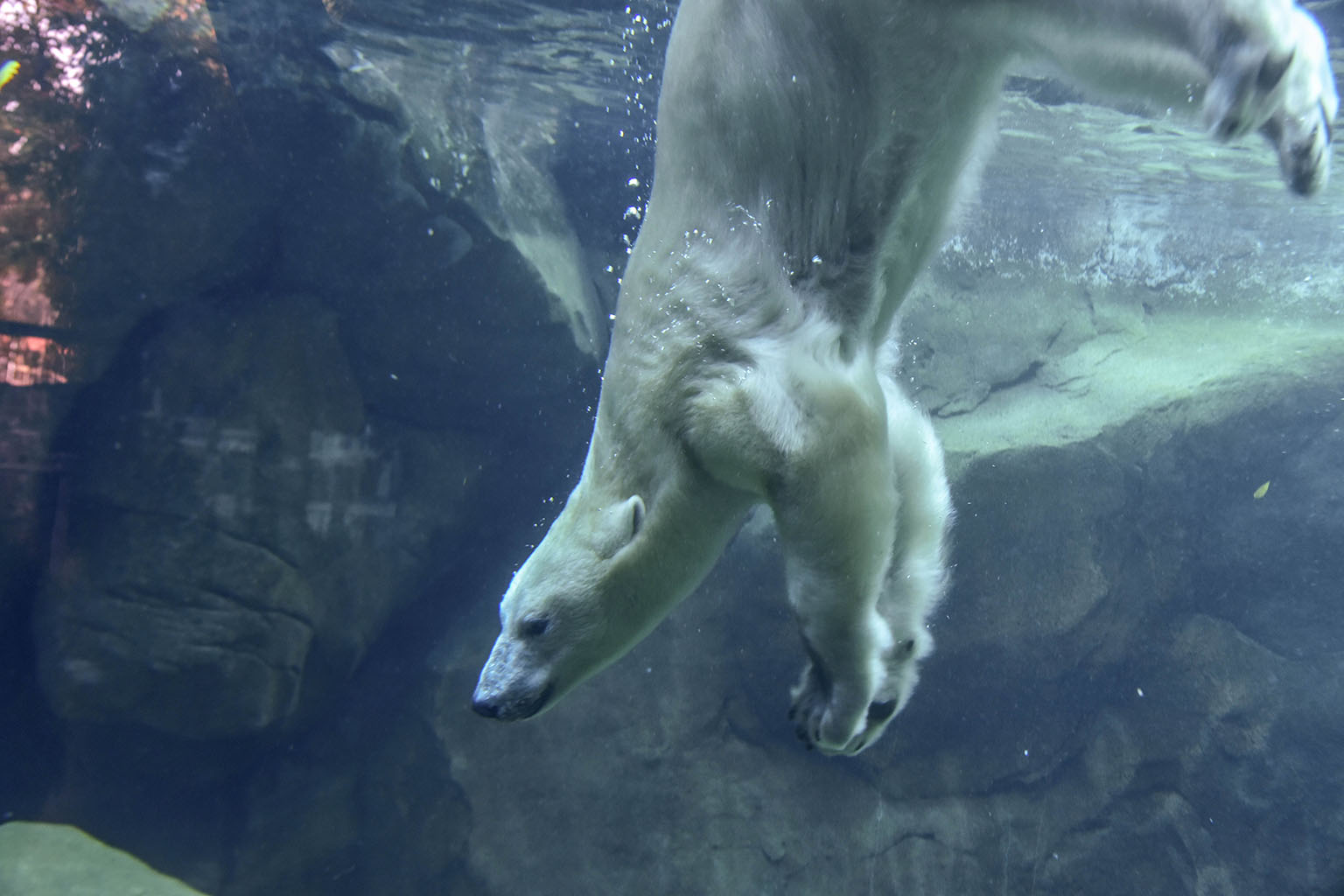
If the polar bears at the Zoo can survive in Baltimore, they shouldn’t be struggling in a warming Arctic, should they?
Giving the animals in our care the best possible lives is our top priority! The bears at the Zoo receive all they need to be healthy including nutritious food, medical care, and a home that gives them species-appropriate choices. But polar bears in the native range must contend with human-caused changes to their environment that make it more and more difficult to survive and reproduce.
Could polar bears be moved to Antarctica to help the species survive?
Although this can feel like a promising solution, it is important to remember that any species is part of a particular ecosystem and food web. If it were physically possible to move bears to the Antarctic, we would be introducing a non-native species to another delicate ecosystem with potentially catastrophic effects on the species living there. Antarctic species are not adapted to live alongside polar bears, making their populations more vulnerable to predation. In addition, as a continent, Antarctica does not provide the same sea ice terrain that the Arctic does, making it nearly impossible for polar bears to hunt seals in the way they are adapted. But ultimately, a warming planet affects both the Arctic and the Antarctic, so even if polar bears could theoretically survive in Antarctica, they would not be safe for long.
Hasn’t climate changed throughout the millennia even before humanS were around?
Climate changes have occurred through a variety of processes in Earth’s history. But one climate change process—a build-up of heat-trapping gases in Earth’s atmosphere—century has accelerated rapidly over the past century as we started to burn fossil fuels such as coal, oil, and natural gas for energy. Burning fossil fuels adds more and more carbon dioxide (CO2) to the atmosphere. CO2 is a powerful heat-trapping gas. As more and more CO2 builds up in the atmosphere, it acts like a blanket, trapping heat around Earth.
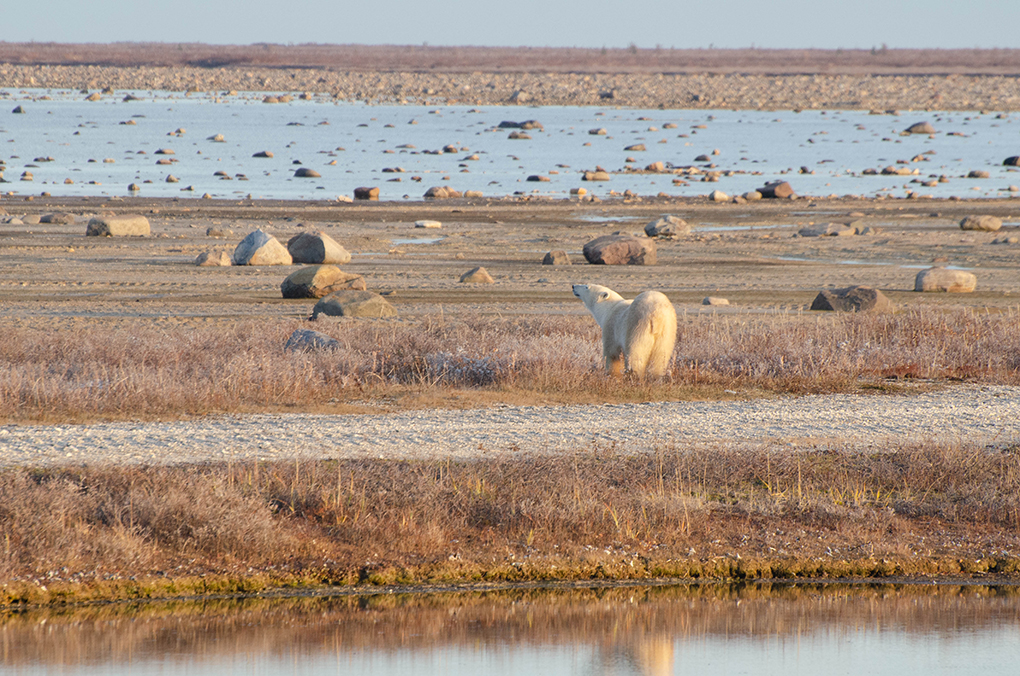
Why is so much blame for climate changes placed on carbon dioxide? Isn’t CO2 natural?
Regular carbon dioxide (CO2) is used and created by normal life processes, but rampant carbon dioxide is what is produced when we burn fossil fuels for energy. We call it “rampant” because there is too much of it, and it has gotten out of control. Because we know that it is the rampant CO2 having such a great effect on climate, we need to rethink and reduce our use of fossil fuels.
Why are there still cold parts of the world if the climate is warming?
As we increase the thickness blanket of heat-trapping gases in the atmosphere through burning fossil fuels, more heat energy remains in Earth’s system. As a form of energy, added heat causes disruptions to ocean currents and larger patterns of air movements all over the Earth. Earth’s climate as a whole has in fact already warmed and continues to warm, but the distribution of this extra trapped energy and its effects are not uniform. This is why some places on Earth have experienced more rapid warming and some have even experienced some cooling. It’s all about average temperatures across the entire globe. And all average temperatures across the globe have definitely increased.
Isn’t the problem of climate change too big to tackle?
Definitely not! We know that rampant carbon dioxide produced from the burning of fossil fuels is a major part of the problem, so we know a major part of the solution is to rethink and reduce our use of fossil fuels. But the right solutions need to fit the scale of the problem. To protect and preserve the habitats and ecosystems that we and other species depend on, we need to work together as communities to change our habits of fossil fuel use.
Many communities, for example, have committed to changing how their electricity is produced and how much overall electricity they use. Right here in Maryland, communities are able to take advantage of programs like BGE’s Peak Rewards programs to reduce overall energy demand. Participating in Energy Savings Days are another choice that can help BGE customers decrease their energy demand—and thereby decrease the amount of fossil fuels burned to produce electricity. Not a BGE customer? Check out the websites of your local energy utility for their energy savings programs.
You can also check out information from the Maryland Public Service Commission on how you can choose the way your electricity is produced!

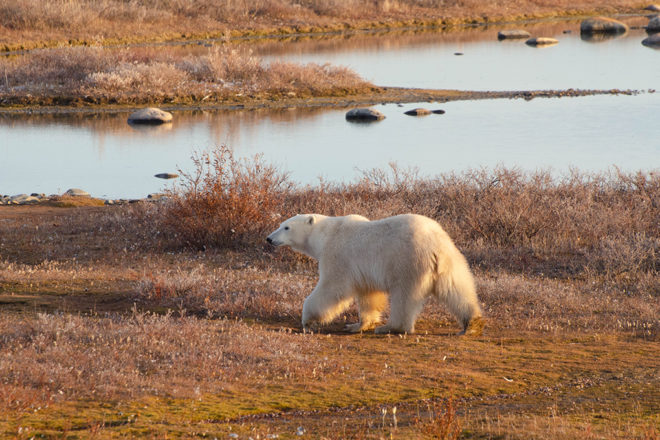
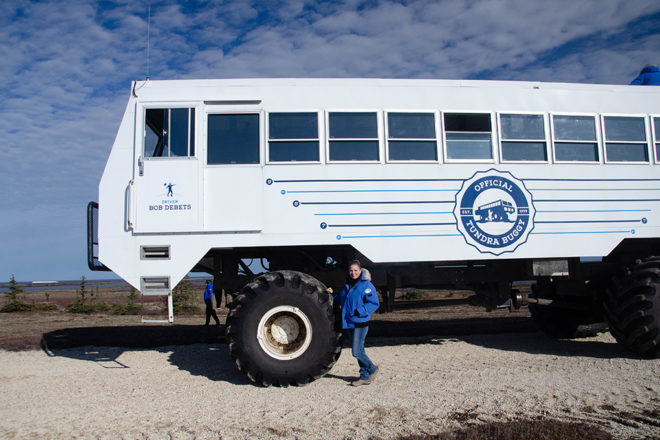
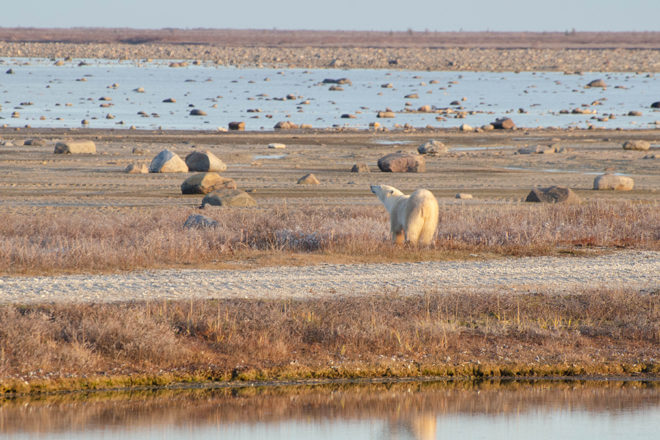
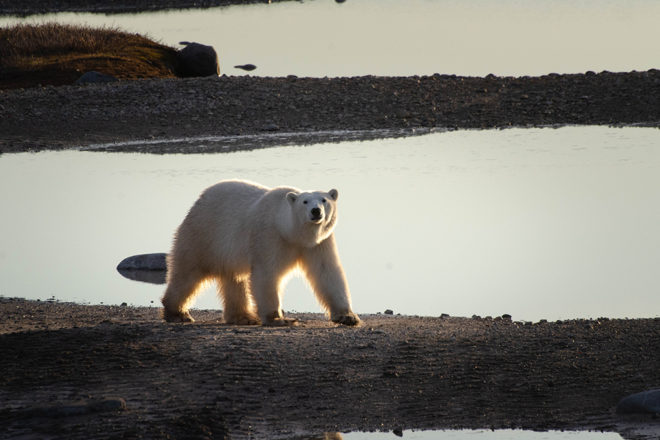
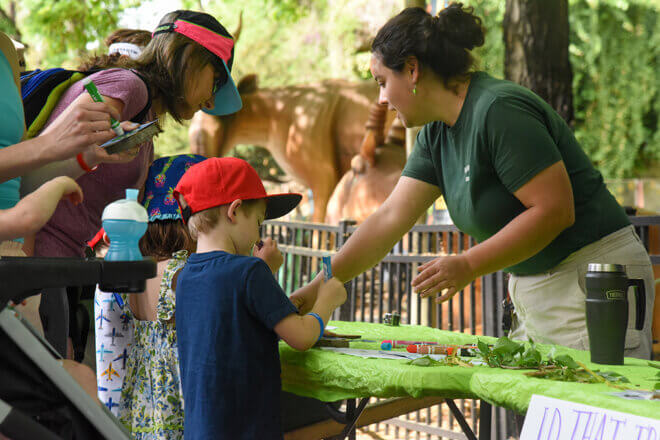



Share this article